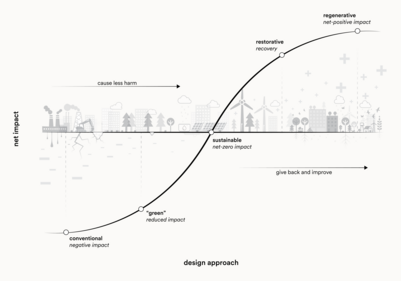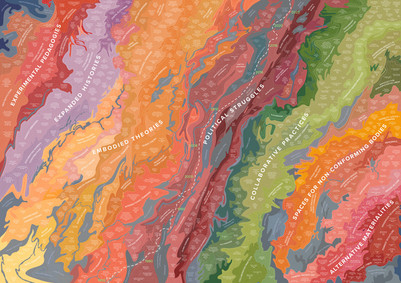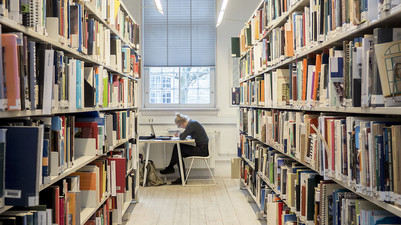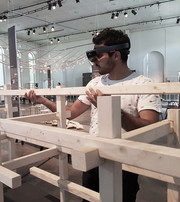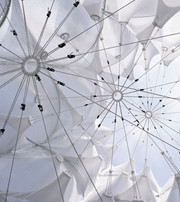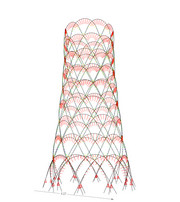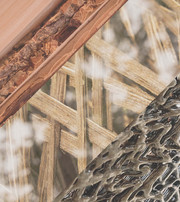
Architectural Textiles
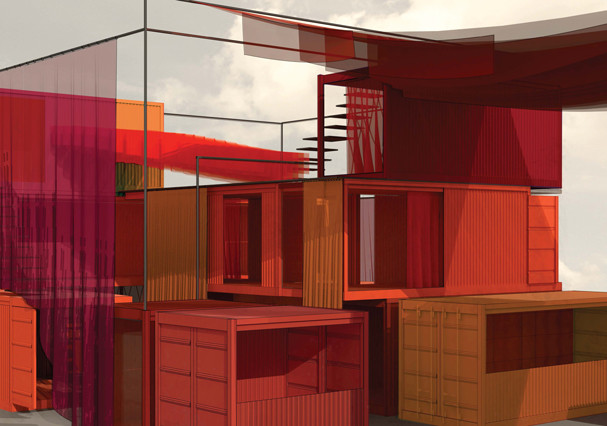
A collaborative knowledge sharing project between Erik Juul Architects and CITA (Centre for Information Technology and Architecture).
Architectural Textiles is a collaborative knowledge sharing project between CITA and Erik Juul Architects. The project is realised through the funding of the Ministry of Science, Innovation and Higher Education’s innovation voucher scheme. The aim of the project is to develop new knowledge on the architectural potentials of textiles. By implementing textiles as a construction material in Erik Juul Architects’ current projects, the project investigates the use of textiles in architecture. Through application of specialised knowledge from CITA related to digital production processes and textile fabrication techniques, CITA developed a catalogue of concepts, form strategies and material designs.
The resulting catalogue serves as a foundation for specific projects at Erik Juul Architects, as well as being a more general tool for illustrating ideas for a textile architecture.
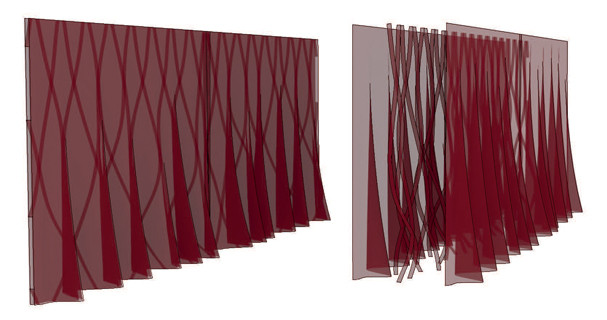
The catalogue is structured about four chapters:
1) Concept and spatial sketching: This chapter outlines and describes the project CIC Village at Carlsberg, a temporary container village, using containers and textiles with the aim of generating spaces for innovative and creative entrepreneurs in Copenhagen. The project exemplifies, through 3D models and renders, the spatial potential for new and flexible textile architecture.
2) Design: This chapter represents an array of design proposals for specific situations, based on the previous chapter. Here the focus is on the properties of the textiles, such as insulation properties, shading capabilities, spatial qualities as well as aesthetic potential.
3) Material: This chapter contains a material catalogue of textiles primarily for outdoor usage, but also indoor usage.
4) Fabrication: This chapter illustrates various production techniques, the detailing and processing of design solutions with materials from previous chapter.
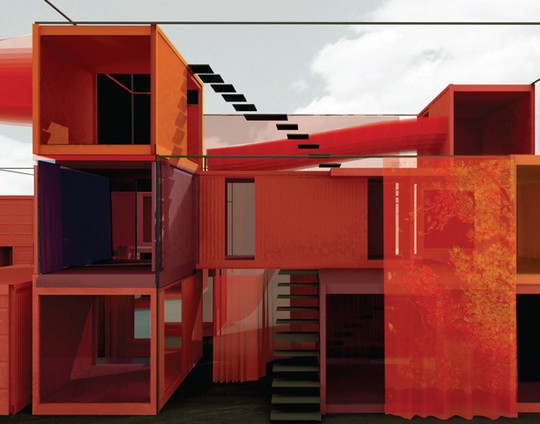
Architectural Textiles supports a pilot project by Erik Juul Architects, examining new and relevant solutions for textiles as an architectural building material. The collaboration has expanded the area of consultancy for Erik Juul Architects and generated the foundation for the firm SoftSpace, which develops and sells textiles for the construction industry.






